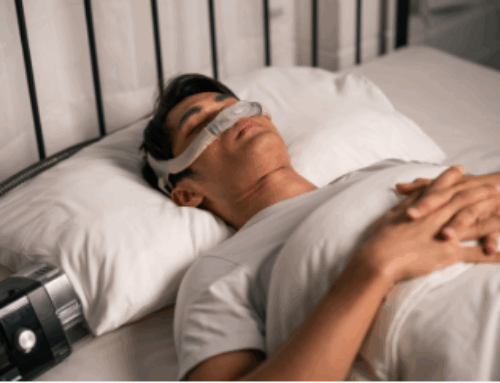Researchers have identified a new brain mechanism responsible for the paralysis of critical breathing muscles during rapid eye movement (REM) sleep, offering the possibility of a new treatment for sleep-related breathing disorders.
“This newly identified process has fundamental implications for understanding the common and serious problems of snoring and other breathing problems such as obstructive sleep apnea, which are worse in REM sleep,” says Dr. Richard Horner, professor of medicine and physiology at the University of Toronto and researcher of the study. “Moreover, identifying the fundamental mechanism responsible for the shutting down of a muscle in sleep that is critical for effective breathing also identifies a rational drug target designed to prevent this inactivity and so prevent obstructive sleep apnea and other sleep-related breathing problems.”
The findings were published online ahead of print publication in the American Thoracic Society’s American Journal of Respiratory and Critical Care Medicine. Rats were studied across sleep-wake states. The researchers targeted the manipulation of the brain region that controls tongue muscles during sleep.
The tongue is an important breathing muscle because its activity keeps the airspace open behind the tongue to allow for the effective passage of air into the lungs. Inhibition of tongue muscle activity in sleep in some people leads to backward movement of the tongue and blockage of the airspace. Importantly, the muscle activating effects of these interventions were largest during REM sleep and minimal or absent in other sleep-wake states.
“Since REM sleep recruits mechanisms that can abolish or suppress tongue muscle activity during periods of REM sleep and cause obstructive sleep apnea, identification of a mechanism mediating this inhibition is a significant discovery,” says Dr. Horner.





